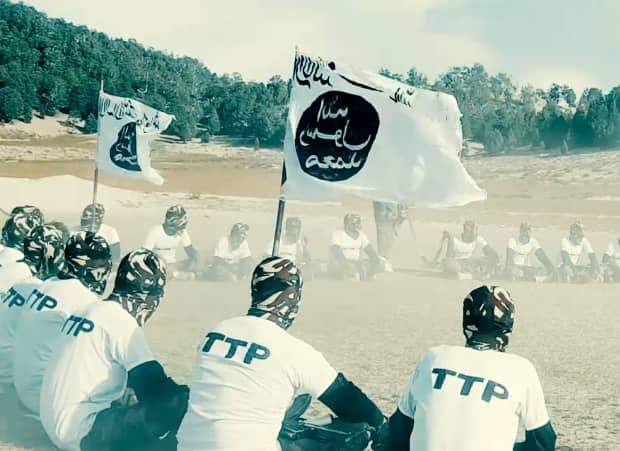RASC News Agency: Amid a surge of deadly violence and widespread insecurity across Pakistan’s Khyber Pakhtunkhwa province, a tribal “peace jirga” convened in Bajaur has ignited controversy by urging militants from Tehrik-e-Taliban Pakistan (TTP) to vacate the area and return to Afghanistan. According to Dawn newspaper, the jirga held on Friday, July 31 brought together tribal elders, representatives of local political parties, civil rights activists from the Pashtun Tahafuz Movement, and even members of the TTP itself. Organizers of the gathering called on the militants to consult their leaders presumably based across the border in Afghanistan before issuing a formal response. Meanwhile, Pakistani security forces have imposed strict travel restrictions throughout Bajaur, signaling rising concerns over the deteriorating security landscape.
Yet this unusual appeal raises a fundamental question: why would a local Pakistani jirga request that the TTP militants “return” to Afghanistan? Does this imply that these militants are officially citizens of Afghanistan? Or, as many analysts assert, does it expose the seamless, cross-border nature of the Taliban’s wider militant infrastructure one that has long blurred the lines between Taliban factions in Pakistan and Afghanistan? Since the Taliban’s forceful return to power in Afghanistan in 2021, the ideological and operational ties between the Afghanistani Taliban and their Pakistani counterparts have grown increasingly transparent. While Taliban authorities in Kabul continue to publicly deny hosting TTP fighters or leaders on Afghan soil, an abundance of intelligence reports and eyewitness accounts contradict their claims. In tribal peace talks held across Khyber Pakhtunkhwa, it has become routine to refer to TTP leaders as “based in Afghanistan” a tacit acknowledgment of their protected presence across the border.
Experts argue that the Taliban factions in both countries are, in effect, two sides of the same extremist coin. They adhere to a shared jihadist ideology, benefit from overlapping logistical and financial networks, and maintain strong ties to regional and transnational terrorist groups. These alliances have only deepened since the Taliban’s return to power in Kabul, providing groups like the TTP with both ideological sanctuary and territorial refuge. The Bajaur jirga’s plea reflects Pakistan’s growing inability to contain the blowback from years of strategic ambiguity and double-dealing with jihadist proxies. The very communities now pleading for the departure of TTP fighters have long suffered from Islamabad’s inconsistent policies policies that have turned the Durand Line into a porous corridor for Taliban fighters, rather than a fortified international border.
In essence, the jirga’s controversial proposal serves as a stark indictment of both the Pakistani state’s failed counterterrorism strategy and the Afghan Taliban’s complicity in harboring foreign militants. The illusion that the Taliban regime in Kabul is capable or even willing to prevent cross-border militancy is crumbling under the weight of evidence. And as violence spreads deeper into civilian life on both sides of the border, the cost of this militant symbiosis continues to mount.






